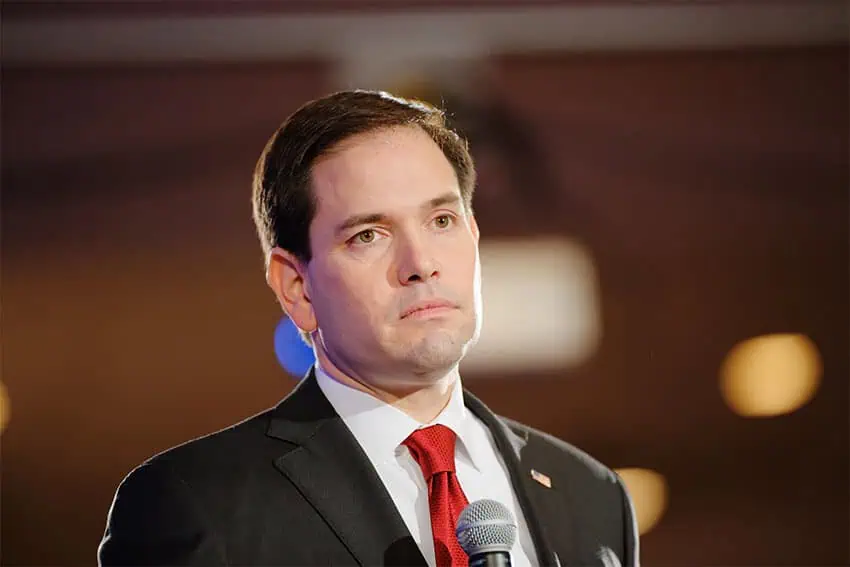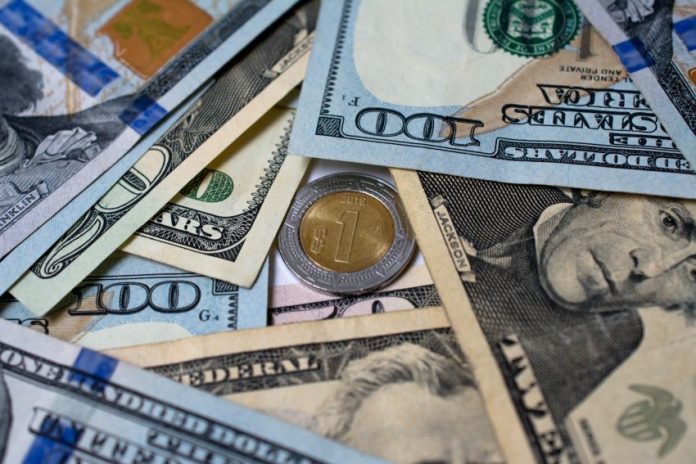The Mexican peso appreciated against the US dollar for a fourth consecutive day on Friday to dip well below 20 to the greenback.
The peso strengthened to 19.84 to the dollar on Friday morning, before weakening slightly to trade at 19.88 to the greenback at 12 p.m. Mexico City time, according to Yahoo Finance.
The last time the peso was stronger was in November.
Compared to its Bank of Mexico closing rate of 20.09 to the dollar on Thursday, the peso appreciated 1.3% to reach 19.84.
The peso has appreciated around 2.5% since closing at 20.36 to the dollar on Monday.
The Monex financial group attributed the strengthening of the peso on Friday morning to the recent Mexico-related comments made by United States officials.

Commerce Secretary Howard Lutnick said Thursday that Mexico and the United Kingdom were “pragmatic and thoughtful” in their response to the United States’ steel and aluminum tariffs that took effect on Wednesday. Unlike Canada and the European Union, Mexico and the U.K. refrained from immediately announcing retaliatory measures.
President Claudia Sheinbaum and Economy Minister Marcelo Ebrard said that Mexico will wait until the United States implements reciprocal tariffs early next month before determining any retaliation.
Lutnick said the way in which the United States deals with Mexico and the U.K. on trade issues will be “better” as a result of their restraint.
For his part, Secretary of State Marco Rubio said Thursday that the Mexican government has taken “very strong measures that we’ve never seen in the past” against cartels and illegal immigration to the United States.
He also said that “we’ve seen a level of cooperation from Mexican authorities that we’ve never seen in the past,” although he added that “it’s not enough” and “we have to do more.”
United States President Donald Trump has used tariffs to pressure Mexico to do more to stem the flow of drugs and migrants to the U.S.
Monex said the remarks of United States officials — it didn’t specify which ones — “mitigated part of the nervousness” surrounding the Mexican peso.

The strengthening of the peso this week comes after the currency depreciated to 21 to the dollar on March 4, the date the United States imposed 25% tariffs on all imports from Mexico and most imports from Canada due to what the White House said was the two countries’ failure to take adequate action against “the influx of lethal drugs” to the U.S.
Most of the tariffs were lifted two days later, giving the peso an immediate boost.
While the peso’s four-day streak of gains this week puts it in its strongest position in four months, the currency remains much weaker than the 16.30 to the dollar level it reached last April.
With reports from El Economista
